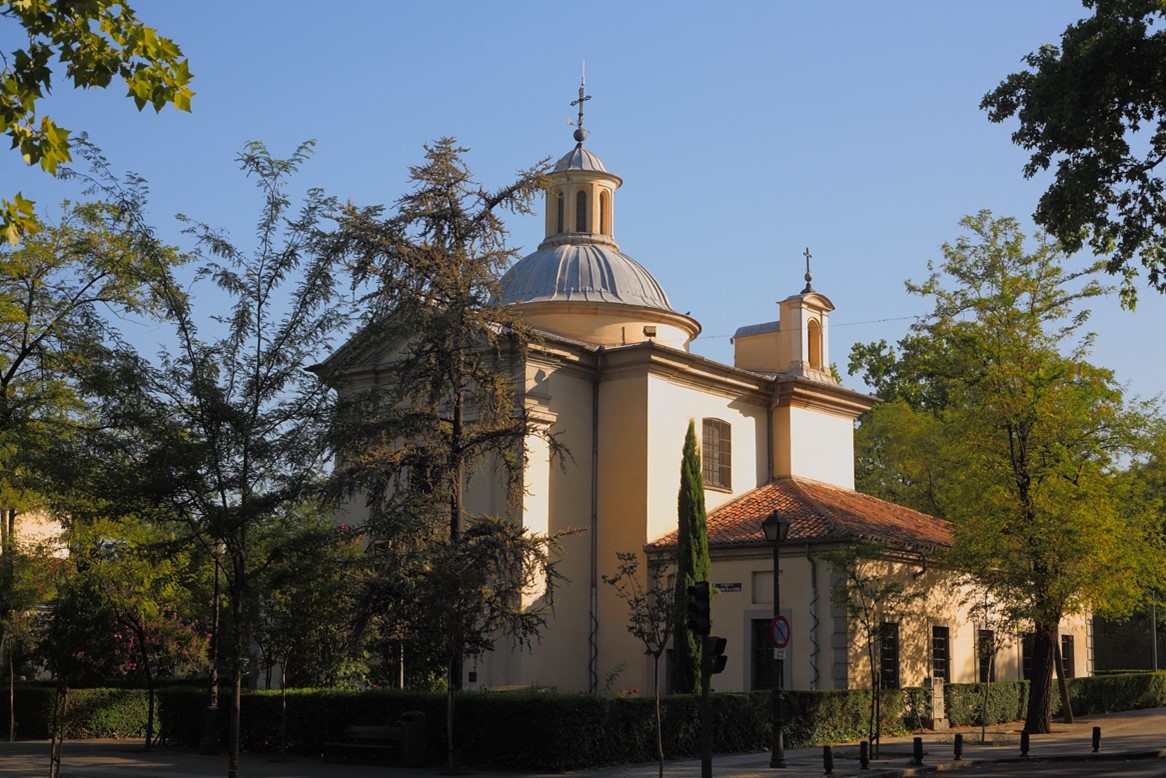UNCOVER THE B-SIDE OF SPAIN: MADRID’S ALTERNATIVE ATTRACTIONS
Published on February 11, 2025
Experience Madrid’s lesser-known attractions, parks, and museums to discover the B-side of Spain.

The road most traveled will lead you to Madrid’s most iconic attractions, from Puerta Del Sol to El Retiro Park, but if you want to discover another side of the city, go off the beaten path and you’ll experience some alternative destinations–all within a commutable distance of UMusic Hotel Madrid.
El Cerro De Los Locos
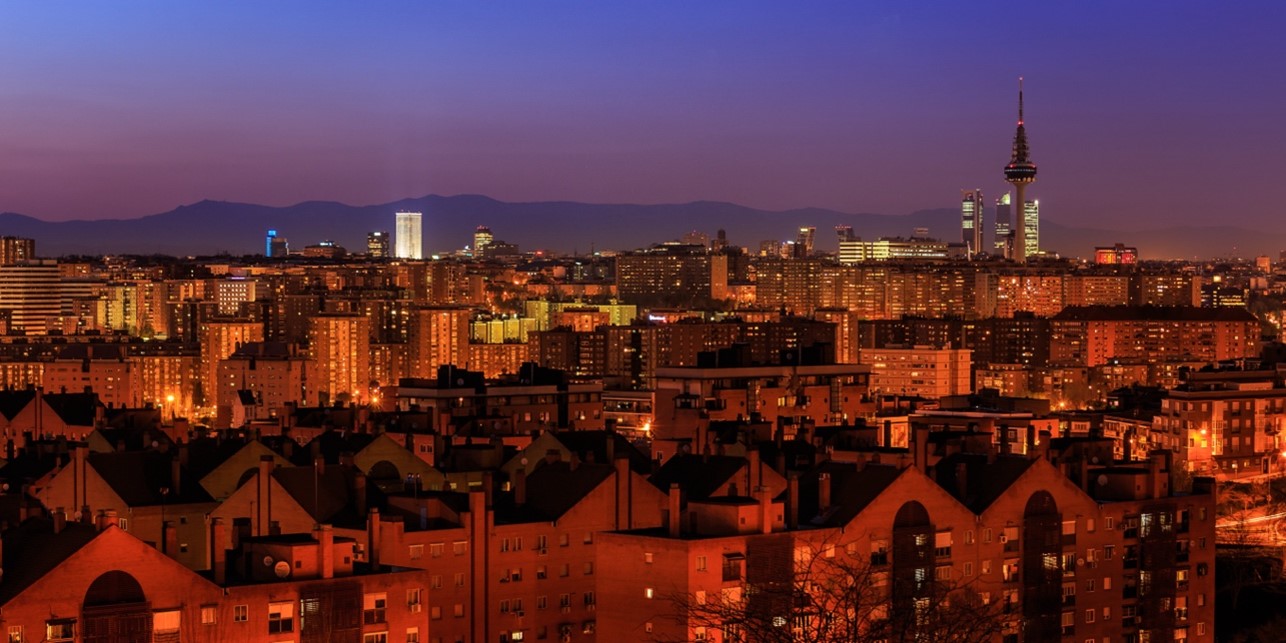
Perched in the northwest of Madrid, near Ciudad Universitaria, Dehesa de la Villa park offers stunning views of the city and its mountains from Cerro de Los Locos—once a playground for daredevil bullfighters, boxers, and athletes seeking an open-air gym. Previously known as Cerro de las Balas due to its proximity to a shooting range, the hill later became a crucial defense point during the Civil War, with remnants of trenches still visible today. Over the decades, it’s seen everything from acrobats to pelota matches, and thanks to Ángel Vázquez, it remains a vibrant spot for sports, nature, and a touch of Madrid’s rebellious spirit.
El Capricho Park
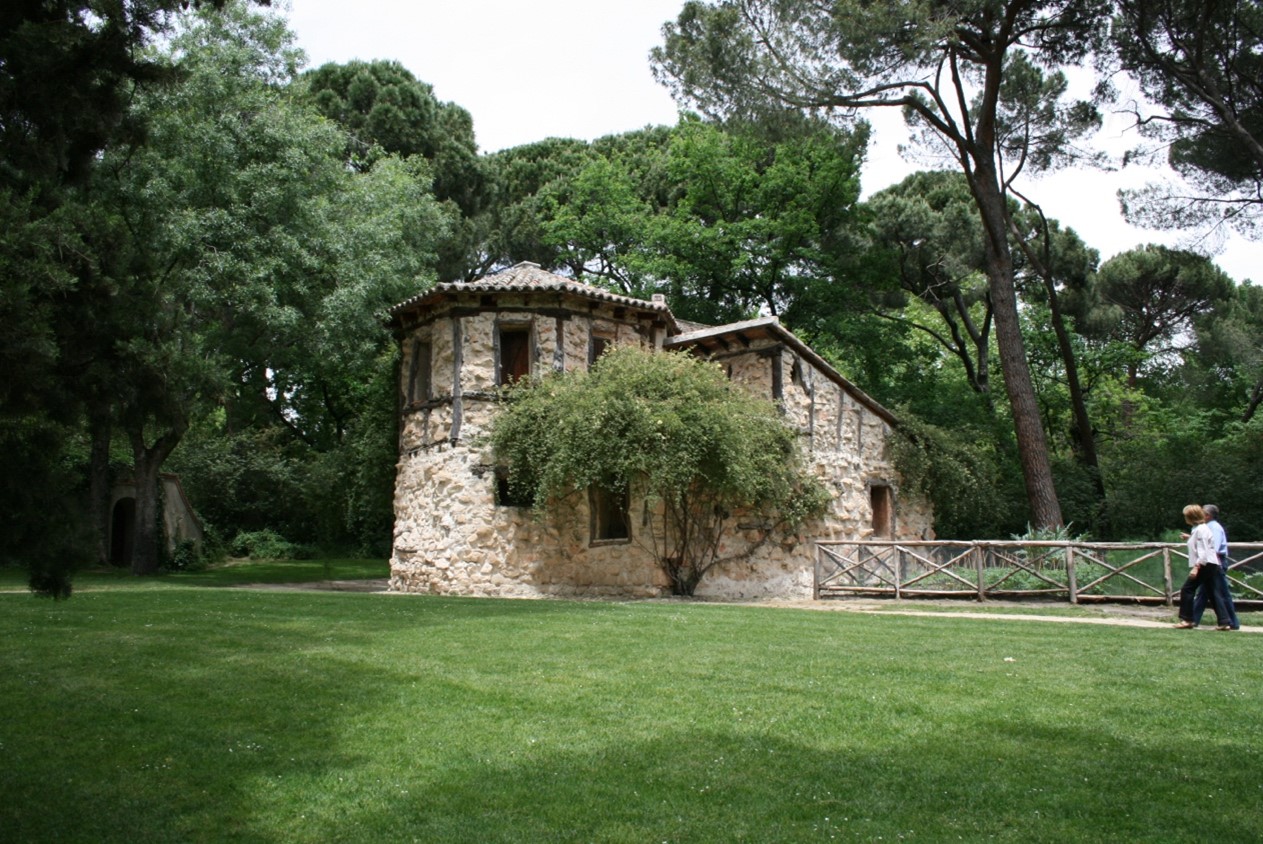
A hidden gem on the outskirts of Madrid, El Capricho Park was created in 1784 by the Duke and Duchess of Osuna as a retreat for artists, thinkers, and bullfighters—including Goya, who painted The Spell for its palace. Spanning 17 hectares, its gardens blend French elegance, English romanticism, and Italian charm, with winding paths leading to a mansion, a bandstand, a labyrinth, and a tranquil lake. After years of neglect, Madrid City Council restored it to its former glory, reopening in 1999—bringing back the magic of one of the city’s most enchanting escapes.
Explore El Capricho’s Hidden Bunker
Beneath the beauty of El Capricho Park lies a secret from 1937—a 2,000m² Civil War bunker, once the Republican Army’s HQ. Built 15 meters underground, it was designed to withstand 100kg bombs, strategically hidden among the trees. With seven rooms, multiple exits, and a tunnel leading to the Duques de Osuna Palace, it’s a glimpse into Madrid’s wartime past. Free 30-minute guided tours run on weekends—reserve your spot online.
Church of San Antonio de Los Alemanes
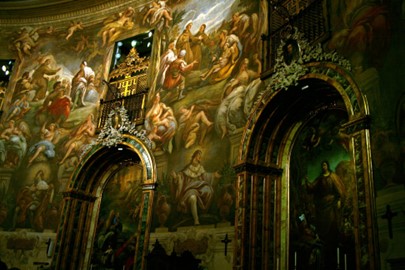
Tucked away in the city, San Antonio de los Alemanes is a Baroque gem founded by Felipe III, originally built as a refuge for Portuguese immigrants before becoming a place of worship for Madrid’s German Catholic community. Though it only opens for Mass, its breathtaking frescoes by artists like Luca Giordano and Francisco Rizi make it worth a visit. Guided tours (in Spanish) offer a glimpse into its rich history, from its stunning interior to the artifacts of the Royal Brotherhood that now oversees it.
National Archaeological Museum (Man)
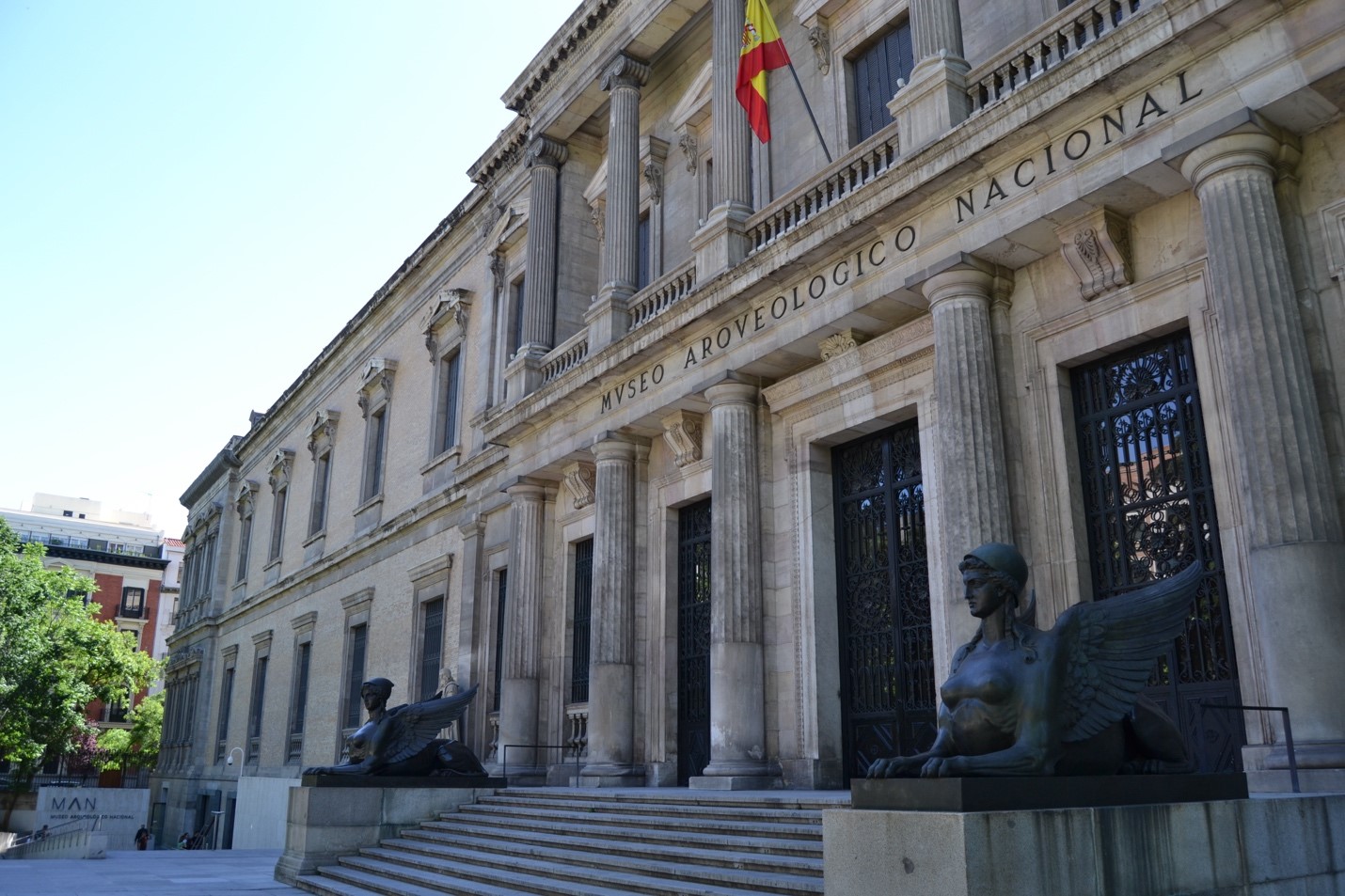
Reimagined after a six-year renovation, the National Archaeological Museum (MAN) offers a deep dive into Mediterranean history, spanning from prehistory to the 19th century. Located in the Salamanca district, it showcases treasures often missing from Madrid’s Art Walk, from Greek ceramics to Visigoth crowns and Islamic ivories, with interactive exhibits that bring the past to life. Its star attraction, the Lady of Elche, stuns with Greek-influenced features and intricate Iberian attire, though her true purpose remains a mystery—was she a goddess, a queen, or a funerary figure? A cavity in the back suggests she once held relics, adding to her enigmatic allure. Other extraordinary works include the dazzling Visigothic Treasure of Guarrazar, the intricate Ivory Pot of Zamora, and a world-class collection of Greek vases. Beneath MAN’s gardens, a replica of the legendary Altamira Cave brings prehistoric art to life, perfectly recreating its stunning polychrome paintings—a UNESCO World Heritage treasure. After a hiatus, it reopened in September 2023 for morning visits. For those wanting a deeper dive, MAN offers 90-minute guided tours in English every Saturday at 16:00 for groups of up to 20—free with your ticket. Sign up at the ticket office on the day of your visit.
Cerralbo Museum
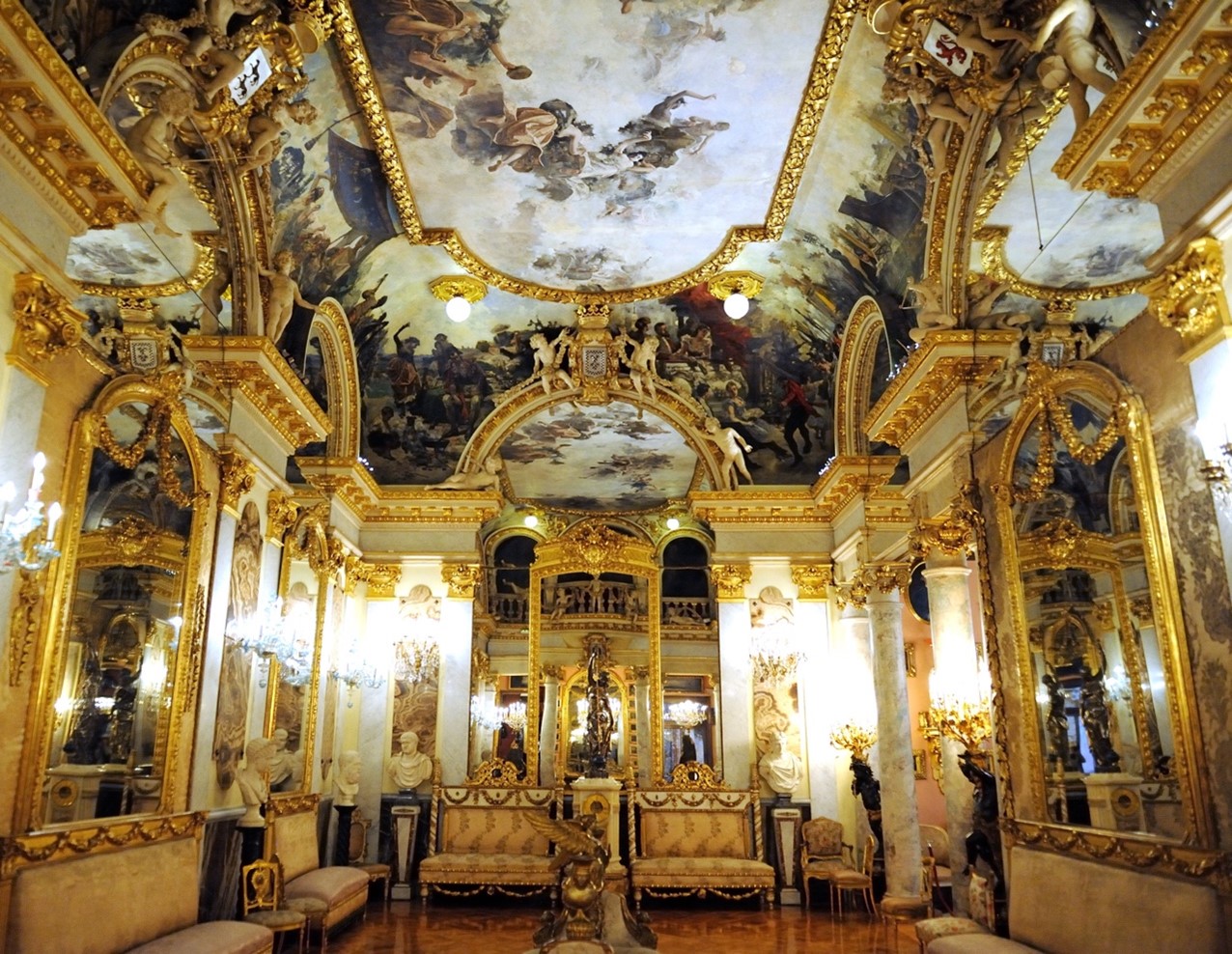
A hidden gem in Madrid, the Cerralbo Museum offers a rare glimpse into aristocratic life in the late 19th century. Once home to the 17th Marquess of Cerralbo, this lavish Neo-Baroque and Rococo palace was designed as both a residence and a showcase for the family’s vast art collection. With over 50,000 objects—from paintings and sculptures to clocks, coins, and armor—it feels like stepping into a perfectly preserved past. True to the Marquess’s vision, the collection remains intact for art and history lovers to explore. While there are no modern labels, visitors can access a multilingual guidebook for key insights.
Chamberí Station
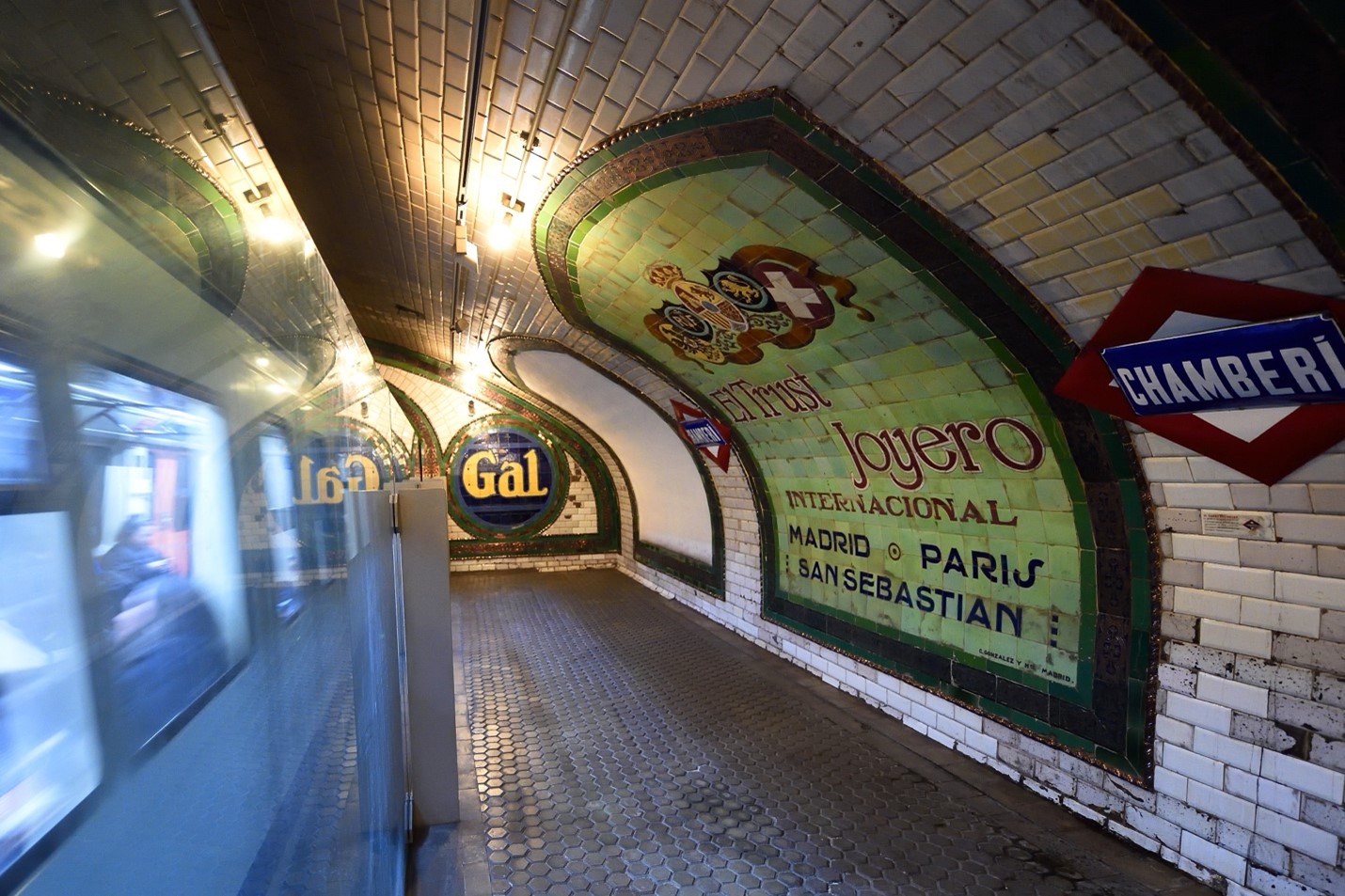
Chamberí Station, designed by Antonio Palacios and closed in 1966, got a second life thanks to the Andén 0 project. Restored to its 1919 glory, this colorful, retro station offers a time-traveling glimpse into early Madrid Metro life. Visitors can explore the original details—ceramic ads, period furniture, and restored platforms—while immersing themselves in the history of the city’s iconic underground system. Though closed for over 30 years, it now brings the past to life, all set against the vibrant, nostalgic backdrop of Madrid’s transit history.
Crypt of La Almudena Cathedral
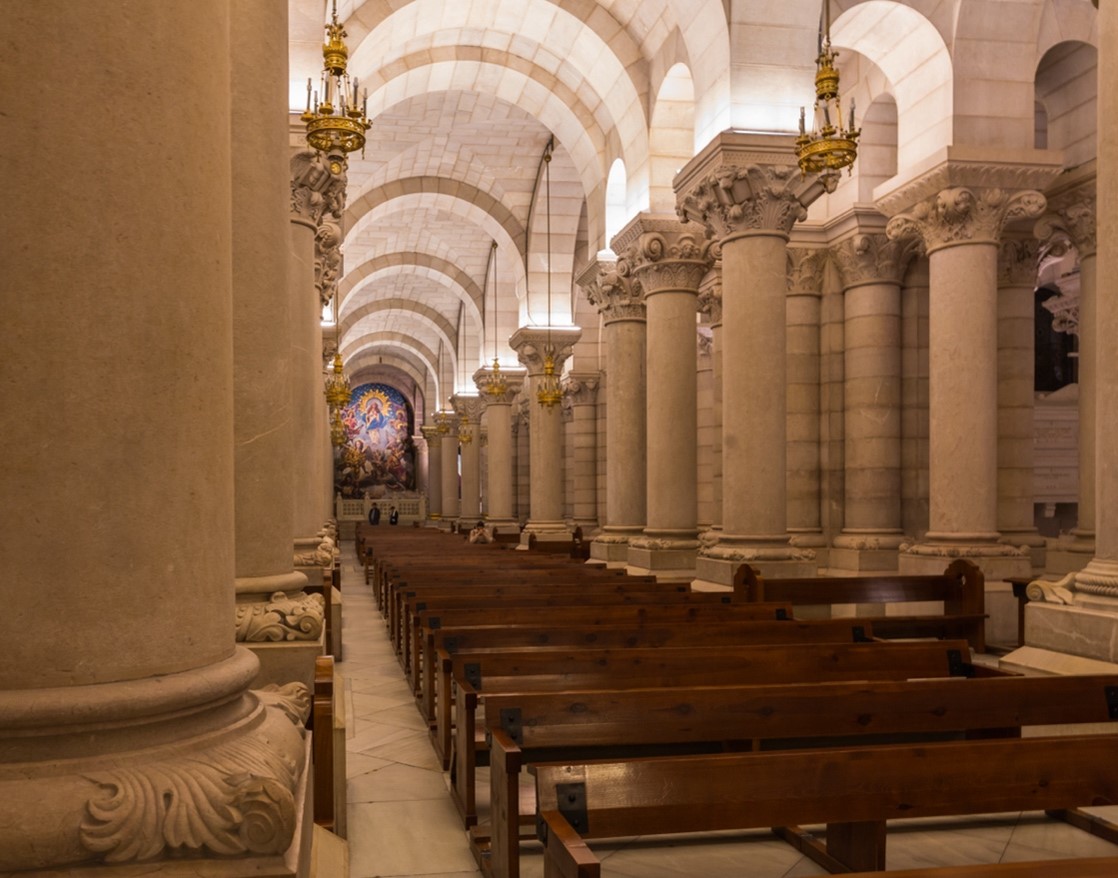
Beneath the Almudena Cathedral, the Romanesque Revival crypt is a stunning hidden gem, with over 400 columns adorned with biblical figures, nature scenes, and even Madrid’s bear and strawberry tree. As Spain's largest crypt, it holds the remains of noble families, including King Alfonso XII's first wife, María de las Mercedes. Its five naves and 20 chapels feature a blend of Byzantine mosaics, Gothic stained glass, and reliefs by Benlliure, with light streaming through magnificent windows by Maumejean. The oldest chapels also boast votive lamps inspired by the Guarrazar treasure, while the Our Lady of the Lily painting may be the city's oldest Virgin image.
San Antonio de la Florida Chapel
The San Antonio de la Florida Chapel, a serene neoclassical gem, contrasts beautifully with Goya’s vibrant frescoes, which adorn its dome. Built between 1792 and 1798 under Carlos IV’s orders, it was designed by Francisco de Fontana and later declared a National Monument in 1905. The chapel’s simplicity—marked by a Greek cross plan and Baroque façade—serves as the perfect backdrop to Goya’s masterpiece, depicting St. Anthony’s trance. It’s also the final resting place of the artist himself, making this chapel a must-visit for both art lovers and history enthusiasts.
Matadero Madrid
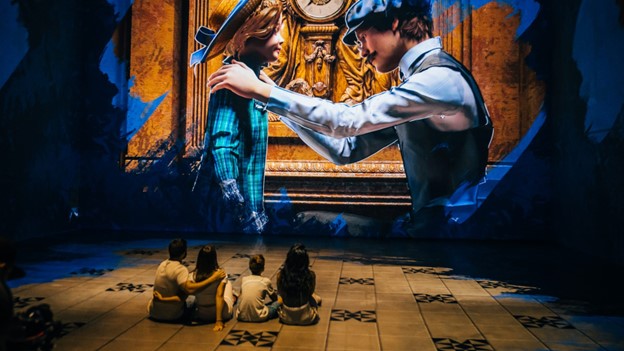
The former Madrid slaughterhouse, a stunning neo-Mudejar complex by the River Manzanares, has been reborn as a buzzing cultural hub. Since 2006, the Centro de Creación Contemporánea del Ayuntamiento de Madrid has fostered creativity across art forms—visual arts, theater, dance, literature, and more. With spaces like Nave 10 for contemporary theater, the Centro Danza Matadero for Spain’s first dedicated dance venue, and the Cineteca for alternative cinema, it's a hotspot for experimentation and artistic exchange. Other highlights include the Casa del Lector, Central de Diseño, and the immersive MAD center, all adding to this vibrant, creative ecosystem.


